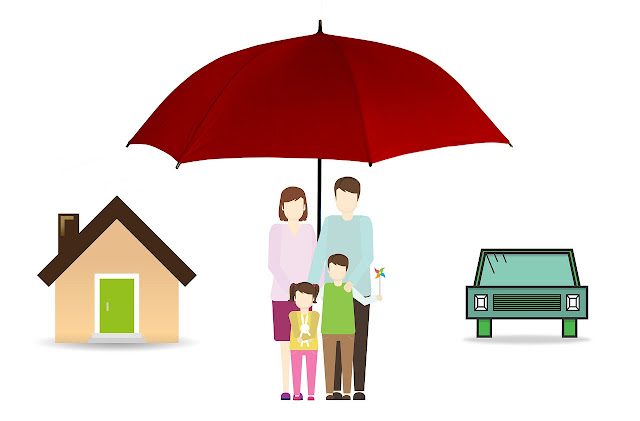Insurance and the modern economy
The insurance industry is, of course, a very large employer in any developed and emerging market. The CEA (the European Insurers’ Trade Association) estimates that in its member countries alone over 1,000,000 people are directly employed by some 5,000 insurance companies.
In addition to their own staff, insurers also generate a lot of indirect employment of numerous professionals such as agents, brokers, financial intermediaries and other services companies in areas ranging from IT to transport, from auditors to consultants, etc.
They probably account for at least the same amount of indirect employment generated by the sector. But insurance is not just about employment and the financial compensation of victims; insurance is also the central part of the capitalisation process of a modern economy.
It creates huge capital assets as we saw in the preceding section. The money coming from insurance, due to the nature of the contracts and the sometimes very long time horizons involved, usually stays in the financial market of a given economy for quite some time.
It is not fickle investment capital that rushes around looking for quick gains, it is oriented toward the medium to long term. It thus plays a special role underpinning the growth of an economy.
The insurance mechanism furthermore allocates assets according to market forces where needed and this in a largely stable environment. It also allows a process of maximising returns according to market forces that are directly related to the risk structures we find.
Another key point is the buffer function of insurance in the modern economy. This buffer function is also of great importance for a modern economy because it allows the filtering out of sudden surges in financial needs linked to a disaster for all insured players that might otherwise be pushed into bankruptcy.
The existence of insurance gives the opportunity to plan ahead with more certainty, avoiding or mitigating specific risks that are deemed to be threatening to the general business process. Even when submitted to large stress, the insurance sector has a tendency to be more stable than, for example, banking.
Let us briefly consider howan insurance crisis plays out compared to a banking crisis. In a banking crisis the most feared phenomenon is a run on a bank.
The effect is immediate and it has to be stopped, otherwise it will destroy the economy as ever more funds are withdrawn and the capacity of the banking system to cope with the reduction in assets diminishes rapidly.
A major crisis in the insurance sector develops totally differently as there usually is time to react. Insurance companies might even become insolvent for a certain time without having to stop their activity.
After a major crisis they could start paying out claims while recapitalising at the same time and using parts of the premium income for future risks to finance current liabilities.
While this is not a desirable situation and both insurers and their regulators would want to avoid it whenever possible, in a moment of utmost stress on the financial system, the resilience is much higher for insurers than for banks due to this flexibility.
Insurance is one of the rare mechanisms that allowfor the spreading of risk over time. This risk spreading over time can involve very long periods and works even from one generation to the next. There are very fewother industries that have such long time horizon as the insurance industry.
Who would think more than 50 years ahead? Perhaps the builders of a nuclear power plant, but few others. And insurance has to consider periods of up to a century.
French lady Jeanne Calment lived to the age of 120 years, and had she taken out a life insurance policy around the time she was 20 years old, this policy would have been in force for a full century. Insurance has a doubly positive impact on the savings of an economy: Firstly, it increases the general savings rate (especially through the existence of life insurance products) thus creating deeper markets and allowing for more investments.
Secondly, it decreases the level of unnecessary precautionary savings (savings often not available to capital markets) and stimulates investment and consumption by reducing bound (and therefore unproductive or less productive) capital.
Insurance thus helps to provide more working capital to an economy because people do not have to protect themselves against the eventuality of, for example, their home being destroyed by a fire.
They just have to secure adequate cover through a fire insurance policy and be ready to pay a much lower amount of money over a longer period – a totally different mechanism.
This means that the money saved in the process can be allocated to other things, more in line with the preferences of the individuals and more productively. Insurance mechanisms transform dormant capital into free capital.
Insurance markets also expose myopic and other irrational behaviour of agents and allowfor the correcting of this behaviour. Examples for these corrections are often found in the subvention of certain insurance lines and in the existence of mandatory coverage for specific risks, for example third-party liability cover.



Posting Komentar untuk "Insurance and the modern economy"